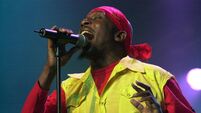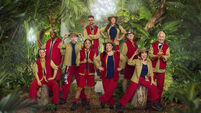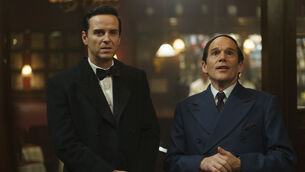Rembrandt in Cork: 'This is the last outing the prints will have in our lifetimes'
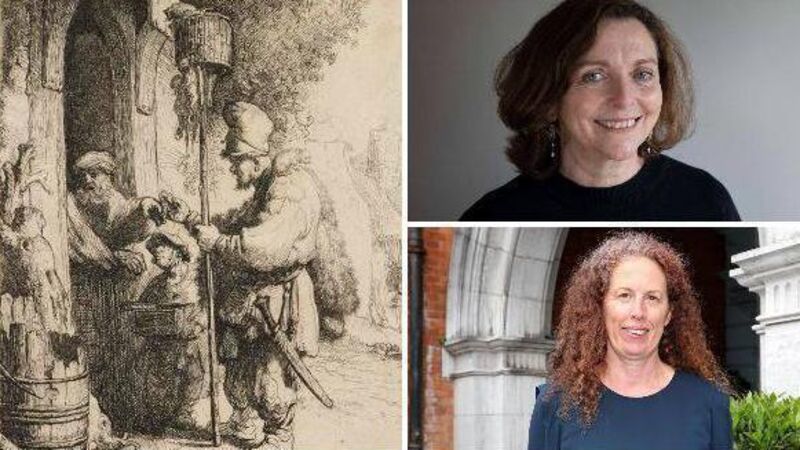
Rembrandt in Print, at the Crawford Art Gallery in Cork. All Rembrandt images courtesy of Ashmolean Museum, University of Oxford
Rembrandt in Print, at the Crawford Art Gallery in Cork, has been one of the most successful arts events in Ireland this year. The exhibition comprises 50 hauntingly beautiful etchings and drypoint prints by the 17th century Dutch master, Rembrandt van Rijn, on loan from the Ashmolean Museum at the University of Oxford. They describe religious and domestic scenes, and feature landscapes and portraits, including — most poignantly, perhaps — those of the artist himself and his wife, Saskia.
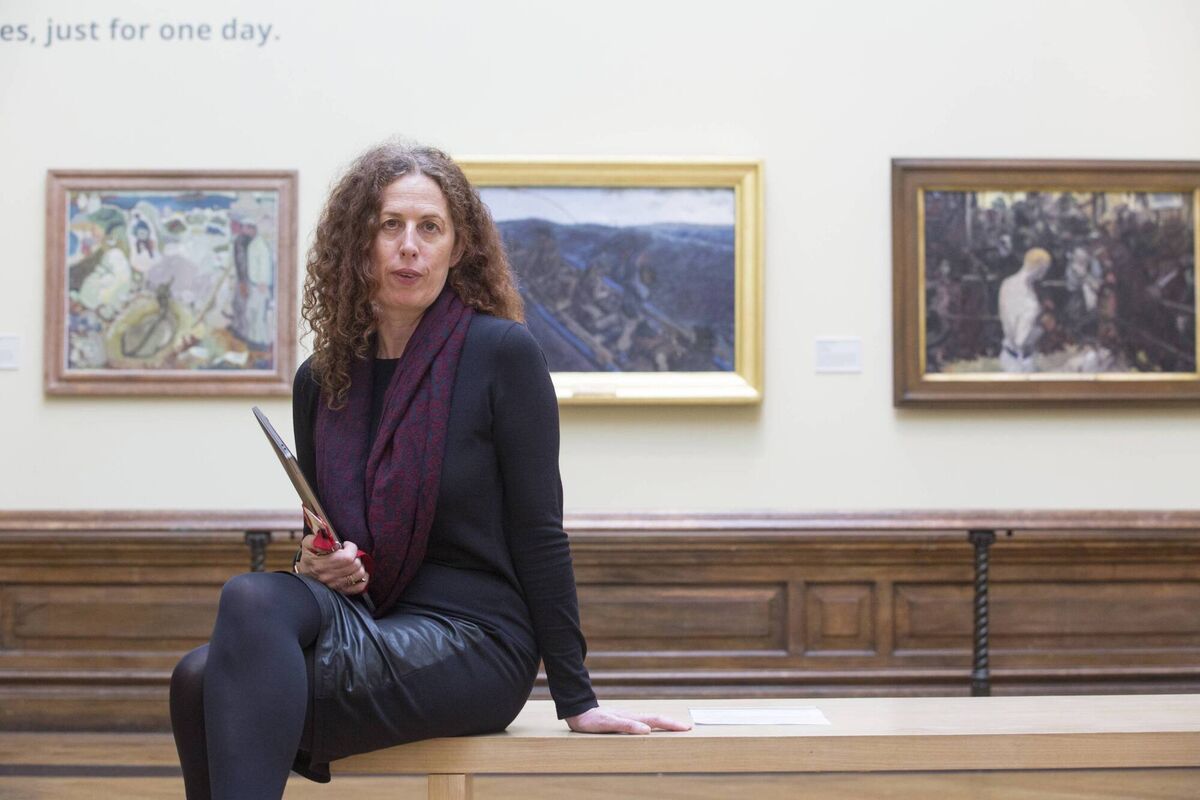
“The show has far exceeded our expectations,” says Crawford director, Mary McCarthy. “Since opening on September 17, it has been seen by more than 100,000 people, and the catalogue has sold better than any publication we’ve ever done, so much so that we’re well into our second run. The audience has been all ages, and it’s been particularly gratifying to see people come back to the show again and again. But the work rewards that level of interest; it’s held up incredibly well, even after 400 years.”
The Crawford was particularly fortunate in getting the Rembrandt exhibition before the prints are returned to the Ashmolean Museum, where they are expected to remain in storage for another thirty years. “This is the last outing the prints will have, probably in our lifetimes,” says McCarthy.
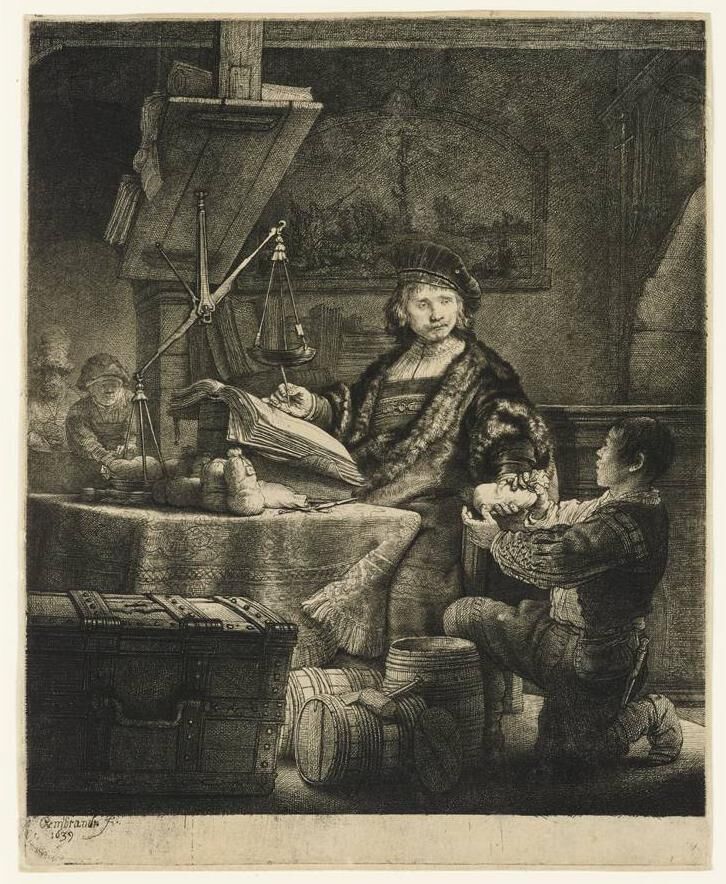
Asked to pick her favourite work in the show, McCarthy opts for The Goldweigher, Rembrandt’s portrait of Jan Uytenbogaert, who acted as a mediator in his bankruptcy proceedings.
“I just love the level of detail in it, in everything from the quizzical expression on The Goldweigher’s face to the folds of the clothes. There’s an artwork in the background that reminds us that artmaking was Rembrandt’s profession, while the table looks as if it’s about to buckle under the weight of the Goldweigher’s ledgers; we’re reminded that Rembrandt not only made a lot of money in his lifetime, but he also lost it. The image is very much an insight into how he worked and lived.”
To coincide with the exhibition, the Crawford arranged for the historian Tom Spalding to lecture on the Dutch influence on Cork City in the 17th and 18th centuries, which found expression in local architecture and culture.
“I’ve learned a lot myself about the trade links between Cork and the Netherlands,” says McCarthy. “I cross Drawbridge Street every day, but it was only on Tom’s tour of the city centre that I learned the name refers to the drawbridge that stood there in those times.”
The Crawford also invited Cork Printmakers to set up a Print Studio alongside the exhibition, providing an overview of printmaking techniques from Rembrandt’s time, as well as those that have developed since, such as lithography and screen printing.
“I think that has really helped people appreciate how much physical work Rembrandt put into his etchings,” says McCarthy. “It’s a very arduous analogue process, but Rembrandt was a master, and his techniques are still being used today.”
Dominic Fee is one of the artists whose work features in the Print Studio as part of the Rembrandt exhibition. “I trained as a printmaker at Galway Mayo Institute of Technology in the early 1990s, and I worked as the technician at Cork Printmakers for many years. So I’ve done a good deal of etching myself, and I teach it as well.
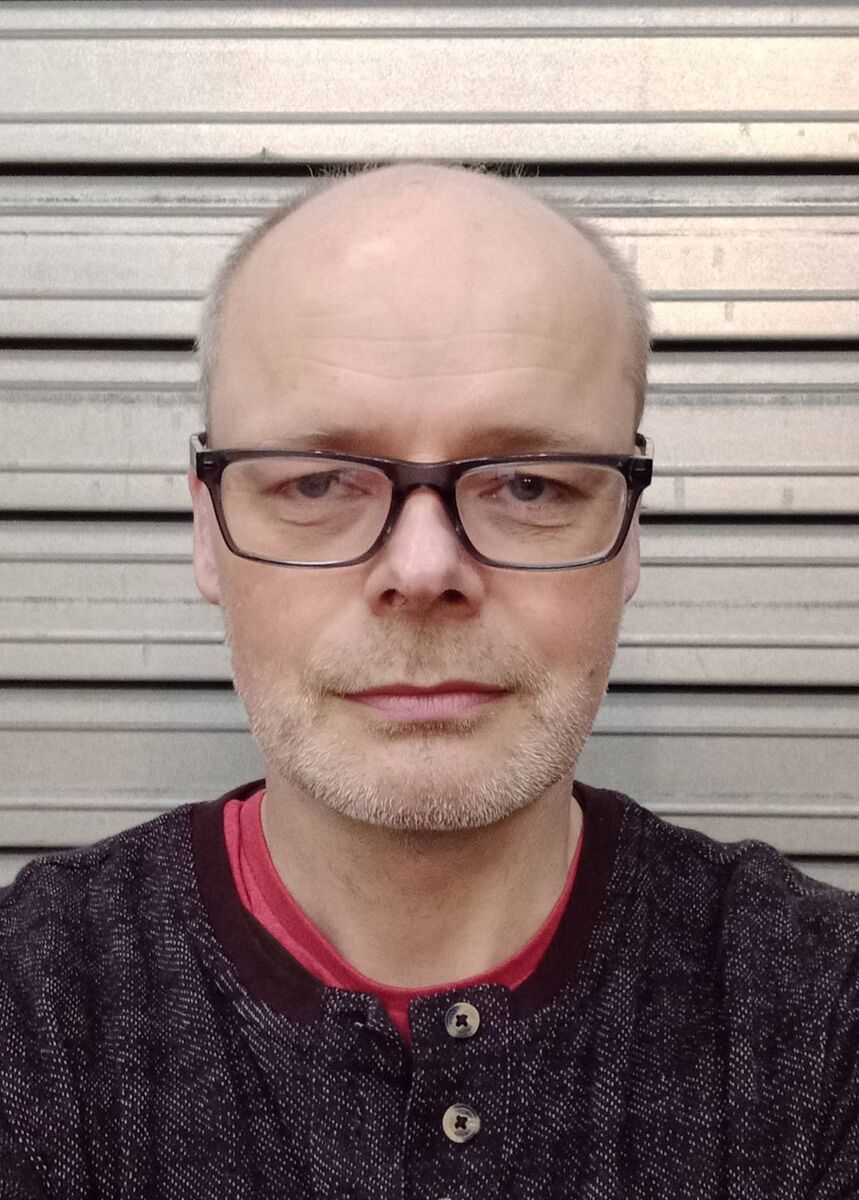
"I’ve always been very familiar with Rembrandt’s prints, but most of those I’ve seen have been reproductions in books, high-res images that are often blown up to A4 size. So it’s a very different experience to walk into the exhibition and see how small they actually are.
“It takes a while for your eyes to get accustomed to the gallery lighting, which has to be dimmed to help preserve the prints, but it has been lovely to see Rembrandt’s work just as he intended. What’s amazing about his use of hard ground etching is that he was limited to making lines in the wax, so it’s all cross-hatching; you can’t get the variations in pressure or the effects you would with other printmaking techniques. But the detail is so fine, I think he must have been using some kind of magnification.”
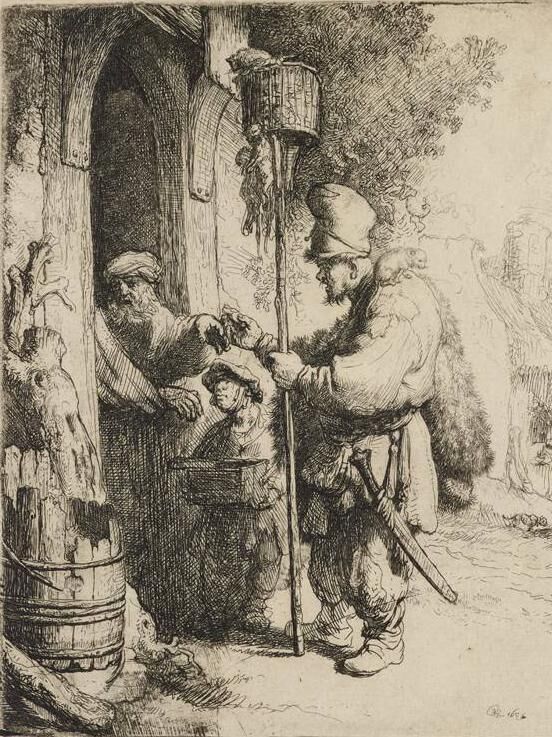
The Ratcatcher is one of Fee’s favourite prints in the show. “It’s just a lovely bit of storytelling. I love the gestures and the expressions, particularly the householder’s expression as he sorts of turns away from the Ratcatcher at his door. Again, the detail Rembrandt achieves is incredible. What’s fascinating to me is how he treated different parts of the plate; there’s a thatched cottage in the background, with smoke curling out of the chimney, that’s barely outlined, while the main characters in the foreground are all fully worked up tonally. He was such a master of technique.”
Rembrandt's technique is also what fascinates Dr John Loughman, who lectures at UCD, specialising in Dutch art of the 17th century.

“In some ways, Rembrandt was quite a crude printmaker,” he says, “as he had such urgency in getting his ideas down. The Three Trees is probably my favourite image in the show. It’s one of his largest prints, and it’s highly detailed, but the edge on the right is pretty jagged, which suggests he didn’t file down the plate properly, and there’s evidence of what’s called fouling in the sky, where he didn’t manage the acid as he should have done. But he was also so inventive; in this image, he uses etching, drypoint and engraving, all together on the one plate.
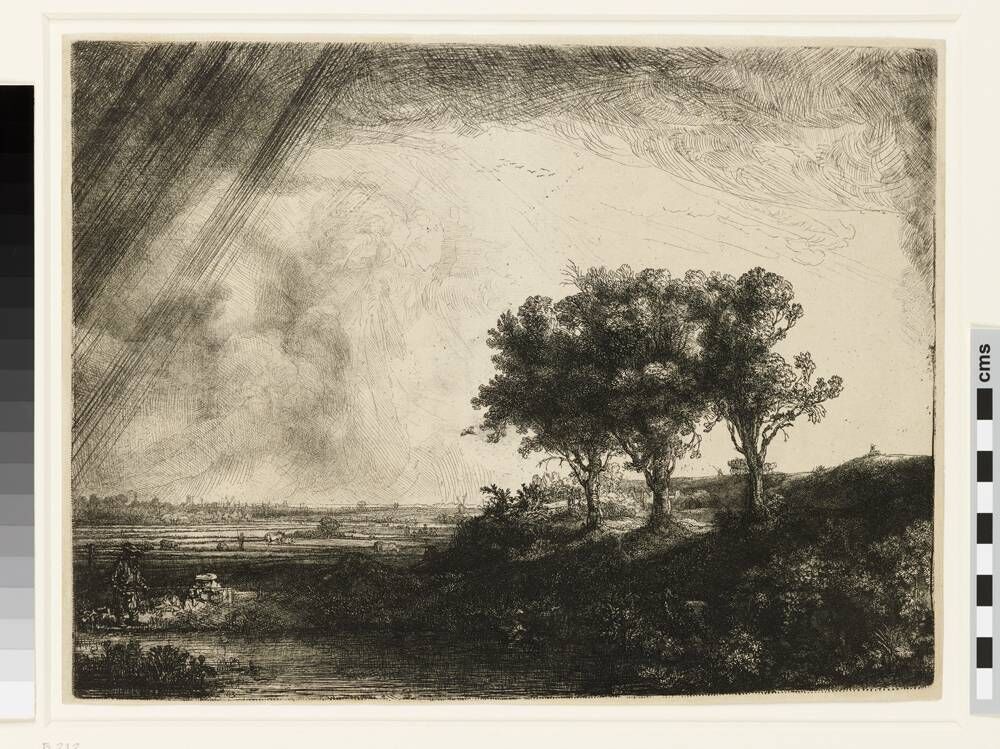
“The Three Trees is a beautiful, mysterious image. There’s a theory that Rembrandt was originally working on a different image of some sort of religious scene on the plate, which would explain the mass of detail on the left, where there seems to be a storm sweeping in. But the sun is shining too, and there are people working in the fields who don’t seem very interested in taking shelter, so maybe he’s capturing that moment before a storm breaks.
"The three trees of the title are grand, stately things, and some people have interpreted the image as referring to the three crosses and the crucifixion of Christ. But I think that’s a stretch, to be honest. It’s understandable that there would be a religious reading of the scene; the Calvinists saw the beauty of the landscape as being evidence of God’s benevolence. But to my mind, there’s too much else going on for it to be a reference to the Crucifixion; there are all these figures in the fields, but there are others too, such as the fisherman and his wife, the artist at his easel, and the couple hidden in the bushes on the right.”
Loughman emphasises the importance of Rembrandt’s prints in establishing his reputation. “Rembrandt may be best known today for paintings such as The Night Watch, but in his own lifetime, the printmaking was what made his name. The fact that they were multiples, and were more affordable than paintings, ensured that they were more widely distributed. Even towards the end of his life, Rembrandt received two significant painting commissions from Italian collectors on the basis of his prints.”
At the Crawford’s invitation, the poet and author Laura McKenna has run a number of creative writing classes taking Rembrandt’s images for inspiration. “I wasn’t very familiar with Rembrandt’s prints before now,” says McKenna, whose debut novel, Words to Shape My Name, was published by New Island this year.
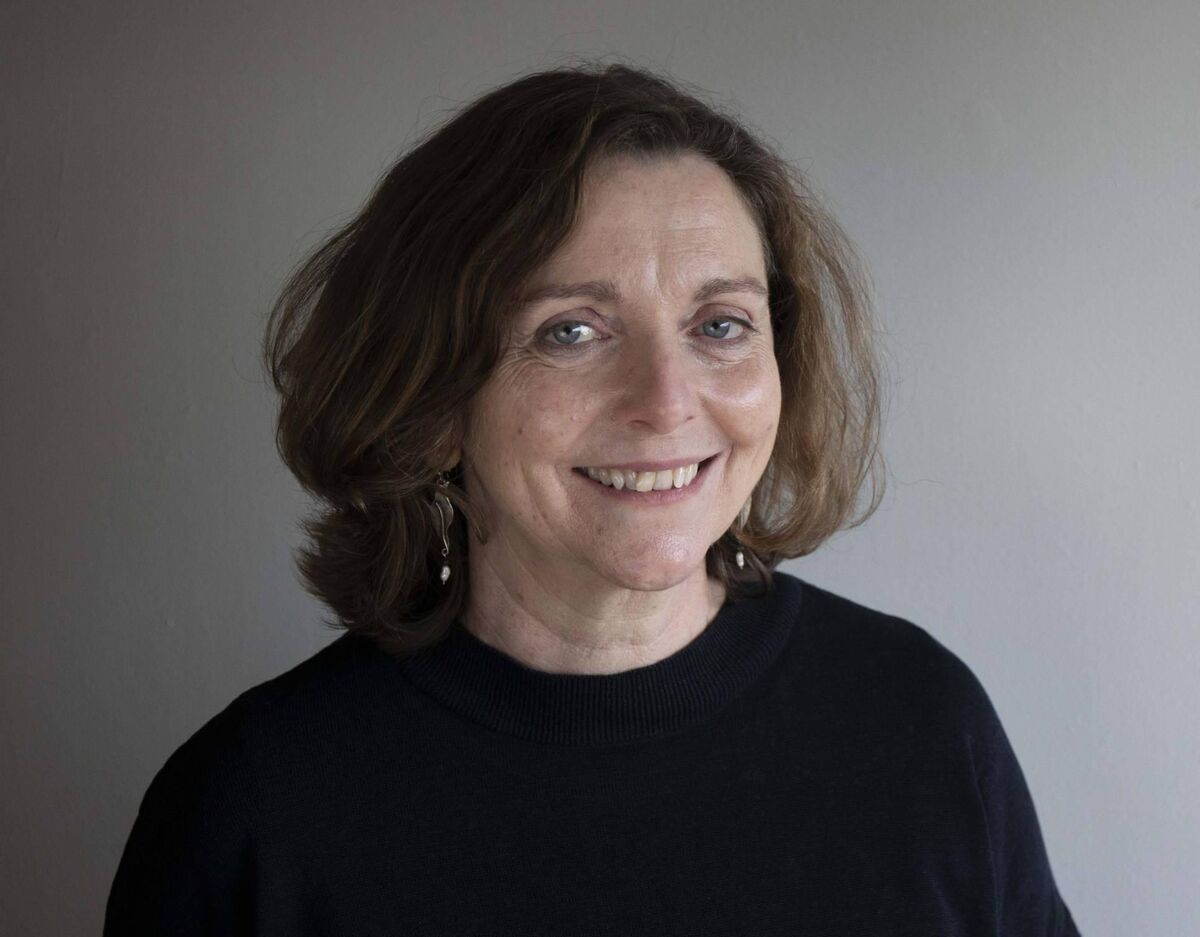
“But it’s been wonderful to see them; they’re quite a surprise. At our classes, we initially used Rembrandt’s portraits as a way of looking at these characters, and considering what they might be thinking and feeling. And then we went into the gallery itself to look at the images up close.
“By coincidence, someone recently gave me a present of a magnifying glass, and that has transformed my understanding of the images even further. It’s hard to believe just how much detail Rembrandt got into them, and all through a process of scratching lines by hand. Most of the people in our classes responded to the images by writing poems rather than prose, which seemed appropriate as well.”
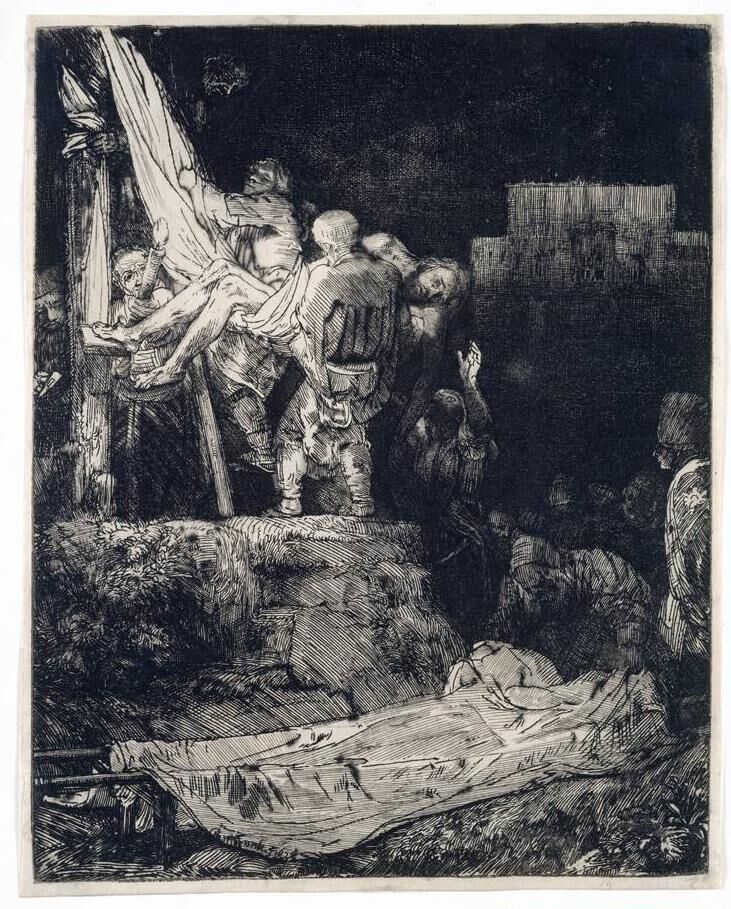
Through her visits to the exhibition and her study of the catalogue, McKenna familiarised herself with the narrative elements in Rembrandt’s prints. “One of my favourites is The Descent from the Cross. There’s such drama in it, so much light and dark and shadow. And again, there’s so much detail; there are all these figures, and the one holding Jesus up seems almost to be squatting. The whole scene has a magnificent sense of silence about it.”
McKenna suspects the Rembrandt exhibition may have influenced her choice of subject for her next novel, which she’s been working on throughout the year. “It’s probably no coincidence that it’s about an artist,” she says. “Though it’s set in the 19th century, rather than the 17th!”
Rembrandt in Print runs at the Crawford Art Gallery, Cork until January 9, 2022. Further information / virtual tour: crawfordartgallery.ie/rembrandt-in-print

- Next up at the Crawford:
The next major show at the Crawford Art Gallery is , an exhibition of contemporary colour photography that “embraces aspects of street, music and fashion photography, with elements of the documentary tradition.”
will feature work by: Ayesha Ahmad, Vittoria Colonna, Conor Clinch, Hazel Coonagh, Megan Doherty, Michael Hanna, Cáit Fahey, Audrey Gillespie, Dragana Jurišić, Ruth Medjber, Eva O’Leary, Pádraig Spillane and Niamh Swanton, and is curated by William Laffan and Dawn Williams.
The exhibition runs from January 29 – June 28, 2022

